|
Updated Aug. 30, 2021 In 1962, Nikon decided to take the plunge into the amateur enthusiast SLR market with a new model, the Nikkorex F. From 1959 to this point, they only had the solitary, professional-oriented, Nikon F in their SLR lineup. The price of the F put it out of reach of the average 35mm photo enthusiast. In the meantime, Minolta and Pentax were cleaning up in the sales department in the amateur market, with Pentax having approximately four times and Minolta ten times the overall sales of Nikon in the whole interchangeable lens SLR market in 1962. This would prove to be a very consequential decision by Nikon, one that would impact their growth for decades to come. And not just in camera body sales. However, the Nikkorex F would fail to achieve Nikon's goal of successfully breaking into the enthusiast market. So it was back to the old drawing board...
12 Comments
The mid-1970s were a time of major transition in the SLR industry. The biggest changes involved the downsizing of camera bodies (initiated by Olympus), the general electrification and computerization of many functions (most notably with the Canon AE-1), and the inevitable de-contenting and cost-cutting that came with increased competition between all manufacturers for market share. Perhaps no series of SLRs demonstrated being caught in this no-man's land more than the first three models Pentax released with its brand-new K-mount bayonet in 1975. Two models would survive only two years, the third only five. Yet, ironically, the fourth model, introduced in 1976, would go on to be one of the most successful and iconic of all SLRs and would be in production for over 20 years. Fortunately for vintage camera lovers, any of these K-series SLRs can still be enjoyed and are serviceable even today. So let's take a look at the tragic trio of the KM, KX, K2, and the student camera extraordinaire, the K1000. Updated Apr. 27, 2022 Domination of the mid-to-late 1960's sales charts. Millions of devoted fans. As influential on SLR development as a certain group of four blokes were on rock 'n' roll during the same period. We can only be talking about one camera...the Pentax Spotmatic (or Spottie to its ardent admirers), the first true superstar SLR. In their never-ending quest to automate the operation of the SLR, the Japanese manufacturers first targeted auto exposure in the mid-1960s. Auto exposure (AE) initially meant that the photographer had only to set one exposure parameter (shutter speed or aperture) and the camera would automatically set the other. What became known as "shutter priority" (with the user setting the shutter speed and the camera choosing the complementary aperture), was the first AE mode to appear in cameras. It was the easiest to design and could be completely mechanical (no electronic controls) in operation. Konica (one of the smaller and more innovative SLR makers) was the first company to market a practical focal-plane shutter-priority SLR. Nikon began AE research & development in late 1964. It would be five years, though, before they had their first prototype and eight years before they brought an AE-capable SLR to market. So what took so long?
"Endling" - an individual that is the last of its species. -The journal Nature- Updated Feb. 6, 2021 Meet the last great manual focus Minolta...the XD (XD 11 in North America/XD 7 in Europe). Steady on, now! Wasn't the X-700 (1981) an award-winning camera with a more extensive and capable system of accessories?! Yes...yes it was, and it sold very well (2.1 million copies versus 750,000 XDs)...and lived a much longer life...and it has TTL flash...and a real motor drive...yadda, yadda, yadda. Just pick up an example of each and stroke the film advance lever. Case closed. Well, not really closed...I'm just getting warmed up ;-). Now the objective of this article is not to denigrate the X-700. (That would be rather unappreciative, seeing as it was my first real camera, it got me hooked on photography, and it is a good camera.) But a funny thing happened when I was looking for a backup body, back in 2000. I chanced upon a black XD 11 at my local pusher...I mean camera store, and for $50 less than I had paid for the X-700! Fast forward 16 years, and the 11 is still with me while the X-700 was sent down the road a few years back. Why? Minolta was one of the most successful SLR manufacturers throughout the 1960s. With their SR and SRT series of cameras and Rokkor lenses they were consistently among the top 2 in SLR sales by the Big 4. (Pentax was the other market leader. Canon and Nikon were the two junior members as far as sales went.) They had sold more than 400,000 SLRs per year from 1966 through 1970. Nevertheless, they (as did the other members of the Big 4) realized that the market for fully-mechanical, manual-exposure SLRs was starting to reach a saturation point. And competition between the Japanese companies was heating up now that they had collectively pushed the German camera makers into irrelevance in the SLR market. Electronically-controlled SLRs would be the new weapons in the battle for market supremacy during the 1970s. The Big 4 had all begun development of these in the mid-'60s and now the fruitage of that labour began to appear: the Pentax Electro Spotmatic & ES (1971); the Nikkormat EL (1972); and the Canon EF (1973). Although Minolta would be the last to introduce their challenger in 1974, the XE-7 (XE-1 in Europe & XE in Japan) would turn out to be the best-seller among these first-generation electronic SLRs.
1992. Barcelona. Change is in the air. For three decades, challengers had risen and been vanquished. But now, for the first time, the adversary would gain the advantage. And Nikon F-series cameras would never be the same. For the next 25 years, instead of setting the pace, Nikon would be chasing, always keeping an eye on and trying to keep up with the new market leader. But how did it come to this? And what makes the F4 such a milestone camera in SLR history? Updated May 20, 2021 $250 - $350 USD. That's what it takes to have one of these beauties for your own nowadays (2020). For those of us who couldn't afford to own a pro-level camera back when the F3 & F4 were current, now is a golden opportunity to obtain a little slice of photographic history that is as usable as ever. If you have ever picked up one after holding a consumer-level body, there is simply no comparison (Yeah, they are that solid & heavy! Especially the F4! :-)). Even with F3 values rising again (and at a faster rate than the F4's), it still comes down to the attributes most important to you, the individual photographer, when making a choice between the two (if you can't have both, that is ;-)). It is the objective of this article to clearly delineate the differences between the F3 and F4 that could influence your decision-making process. So here we go... Updated Jan. 7, 2022 In 1976, Nikon found itself at a crossroads with its F-series of professional bodies. The F2 was at the peak of its domination of the market, with 125,000 sold in that year, the greatest annual total achieved by a single F model ever. Compare that to 36,000 Canon F-1s and around 8,000 Minolta XK/-1/Ms and clearly Nikon was sitting pretty with the mighty, mechanical F2. The problem was in coming up with its successor, the F3. The reason for this struggle was that Nikon had to try and balance its desire to make significant strides with the F3 and yet not alienate its customer base of professionals, a group not known for rapid acceptance of change ;-). Especially change involving more reliance upon electronics (where are you going to get batteries in the middle of a fire-fight in the jungle, or what happens if you miss a deadline because of a dead camera?). So here was the challenge: Maintain high reliability and quality while: 1) incorporating automatic operation, 2) making the camera easier and cheaper to build, and 3) convincing pros that it was worth upgrading to. Nothing to it, right? So how did Nikon do? And is the F3 for you? 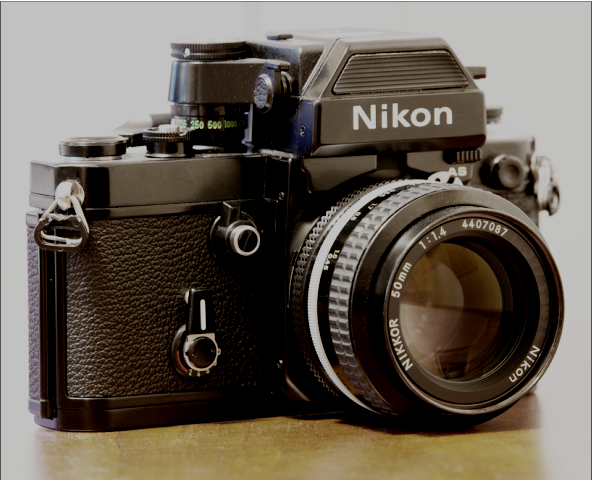 Nikon F2AS w/ DP-12 Finder Nikon F2AS w/ DP-12 Finder Updated Aug. 30, 2021 When Nikon introduced the F2 in the autumn of 1971, its predecessor, the Nikon F, was still in high demand. In fact, 1970 had seen the highest ever level of production for the F, with over 100,000 units made. Nikon had intended to cease F production with the deployment of the F2, but demand for the F proved so great that two years elapsed before they were able to discontinue it for good. That is quite a testament to the popularity of the F and is also indicative of the tendency of professional photographers to stick with what is familiar and trusted. A similar thing had happened with the F itself when Nikon wanted to cease production of its rangefinders in 1959. Demand by photographers doubtful of the newfangled SLR and comfortable with their rangefinder cameras caused Nikon to keep them in limited production until 1965. Now history was repeating itself. So how could the F2 possibly compete with its already legendary forebear? By being a better camera, that's how. How much better? Let's find out... 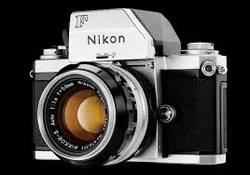 Nikon F w/ 50mm f/1.4 Auto Nikkor Nikon F w/ 50mm f/1.4 Auto Nikkor Updated July 25, 2019 Nikon has been in the SLR business since 1959. Which means there are plenty of choices as far as selecting a vintage camera body goes. Nikon initially marketed mostly to professionals. But in 1962 they entered the amateur market as well, and by 1979 they had three descending tiers: professional, enthusiast, and consumer which they maintain even today. Let's kick it off with the granddaddy of them all...the SLR that put Nikon on the map. 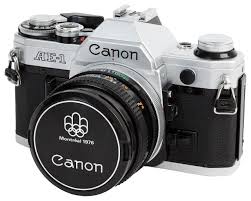 1976 Olympic Edition Canon AE-1 1976 Olympic Edition Canon AE-1 1976. A watershed moment in the history of the SLR (single-lens-reflex) camera. The year when, depending on your point of view, camera design and manufacturing quality began its slide into a pit of oblivion, or ushered in a new era of affordability and convenience, opening the doors of SLRdom to a whole new audience. Or maybe, like me, you can feel a bit of both ;-). Either way, the camera responsible is none other than the Canon AE-1, the best-selling film SLR of all time. To appreciate the impact that the AE-1 had on 35mm photography, it serves us well to remember the context of its arrival and subsequent domination of the market. Prior to the AE-1, SLRs had been the choice of professionals (particularly photojournalists) and enthusiasts, people who were not interested just in snapshots, but in the craft and art of photography. Having control over the different parameters of exposure was very high on their list of priorities and the SLR gave them that, as well as access to a wide variety of lenses and accessories. For the average consumer, whose top priorities are convenience and affordability, that was waayy too much camera for waaayyy too much money! Thus the conundrum Canon was facing by 1974: a small, nearly-saturated enthusiast SLR market versus a huge consumer (mass) market that up to this point was untouchable for reasons of cost and convenience. What could be done?
|
C.J. OdenbachSuffers from a quarter-century and counting film and manual focus SLR addiction. Has recently expanded into 1980's AF point and shoots, and (gack!) '90s SLRs. He even mixes in some digital. Definitely a sick man. Categories
All
Archives
June 2024
|
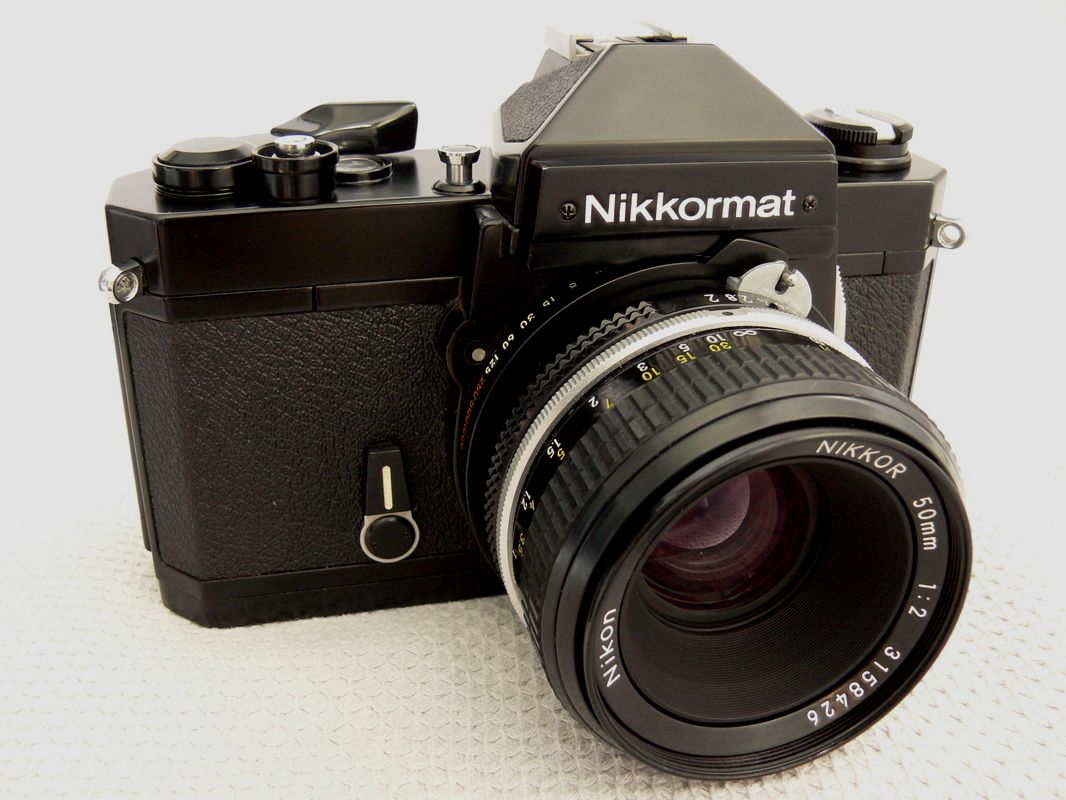
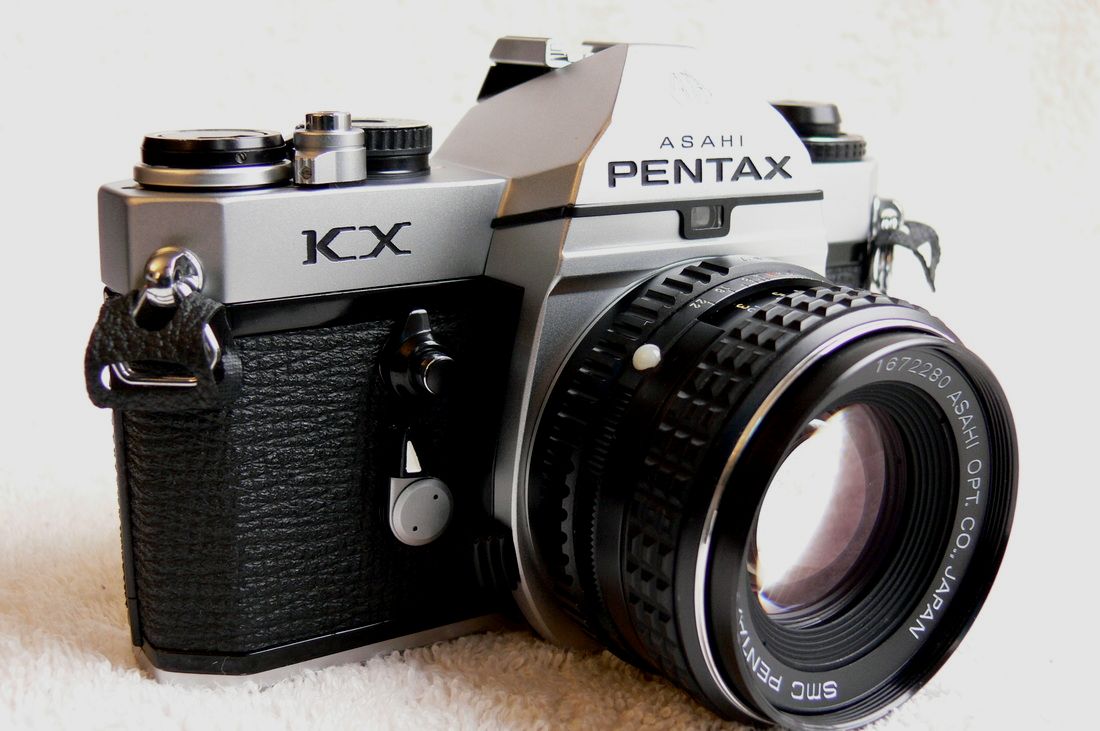
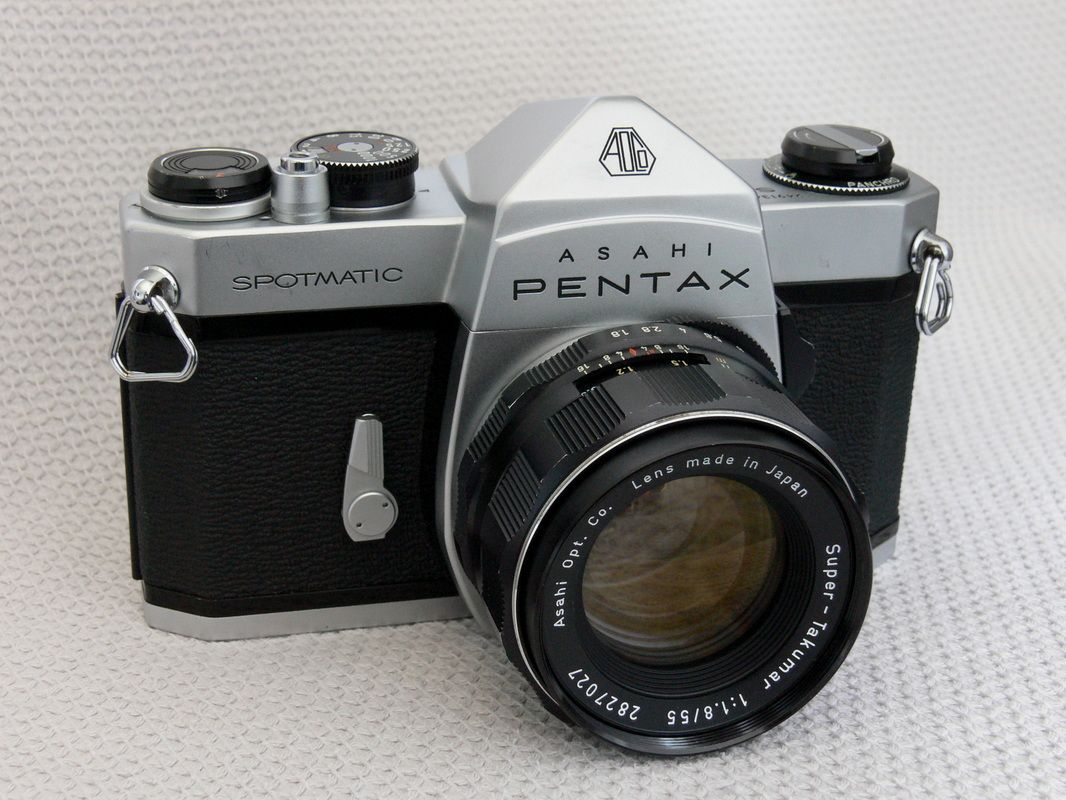
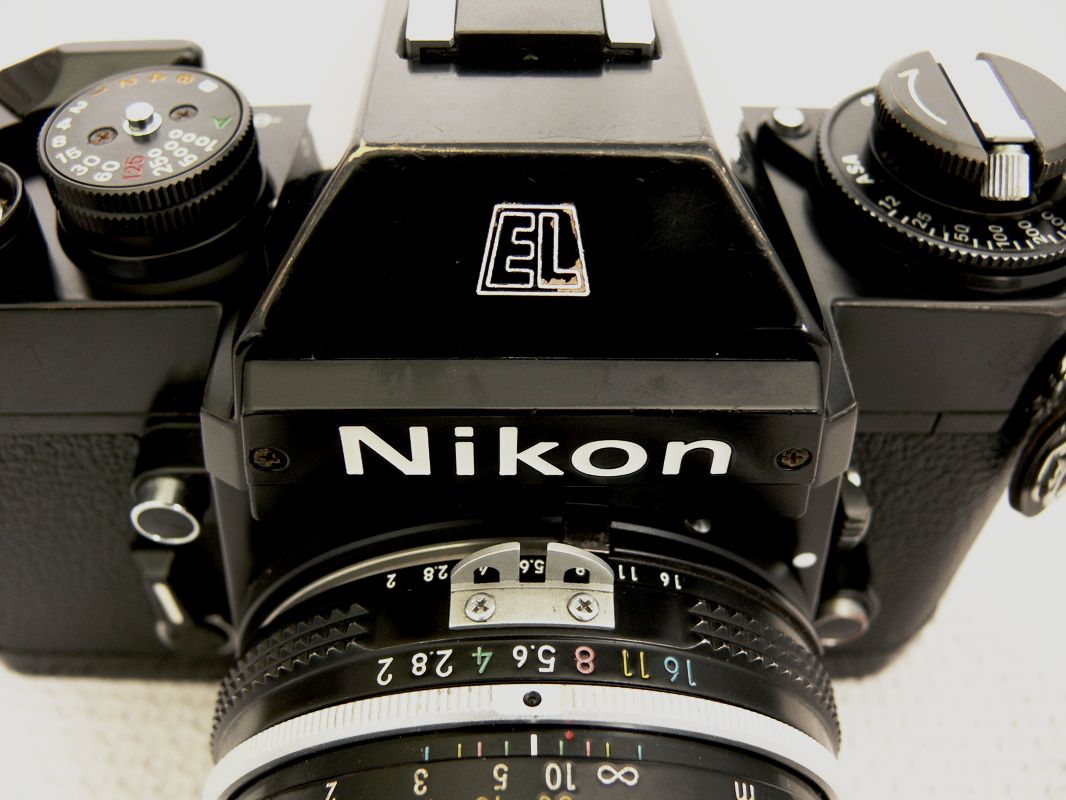
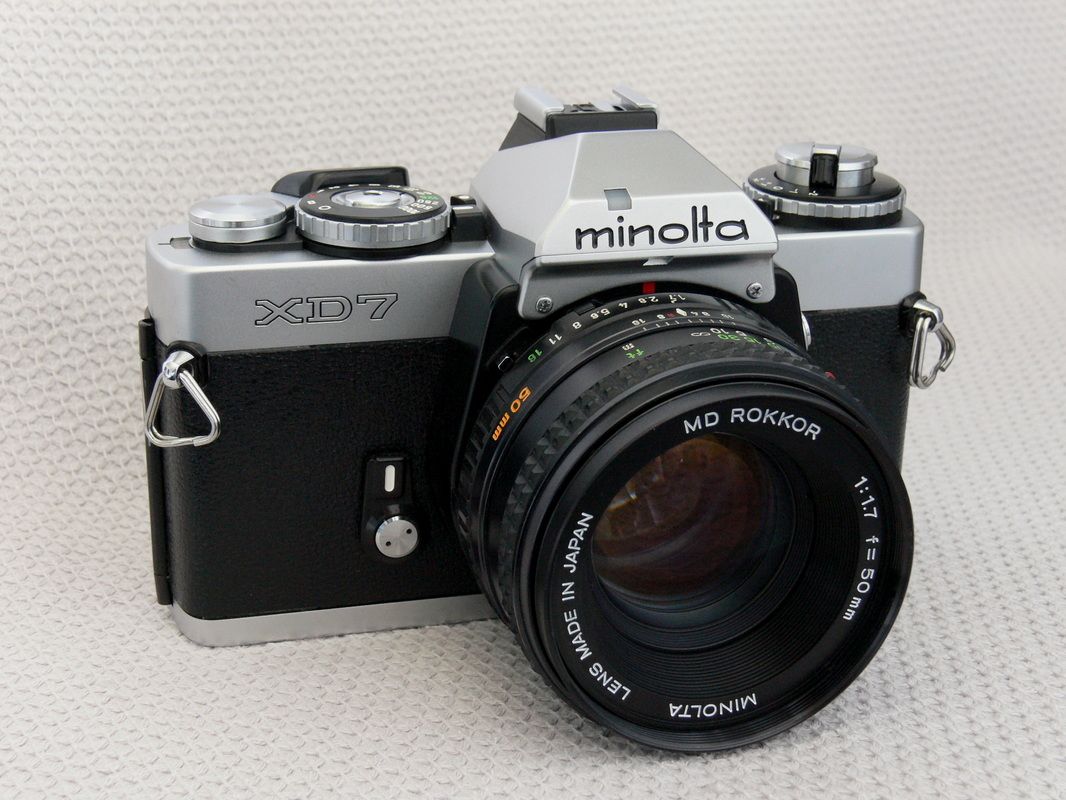
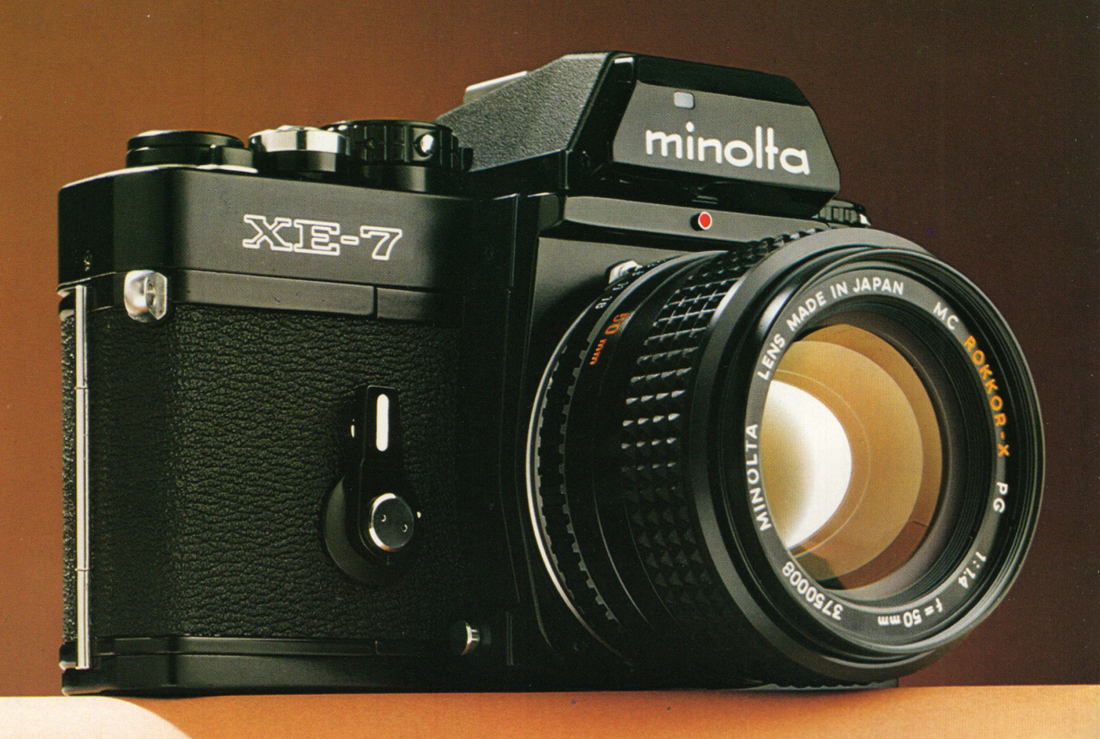
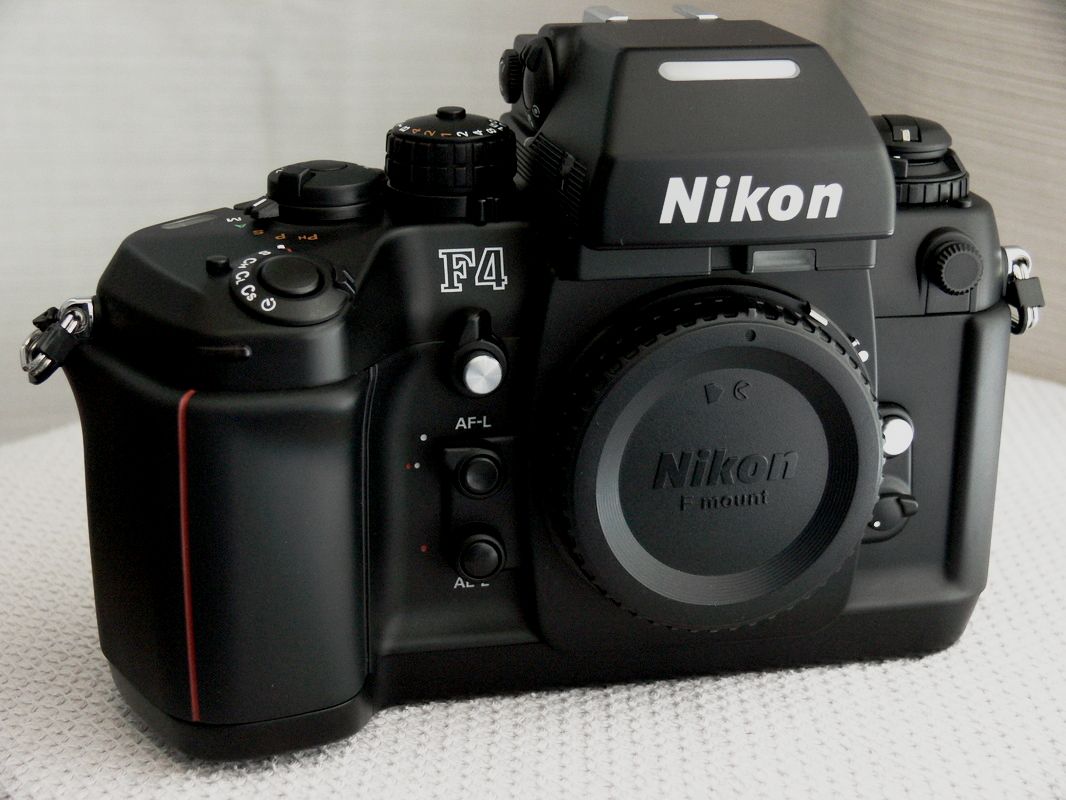
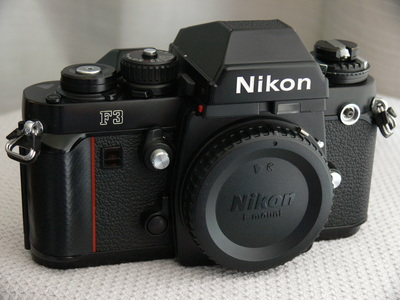
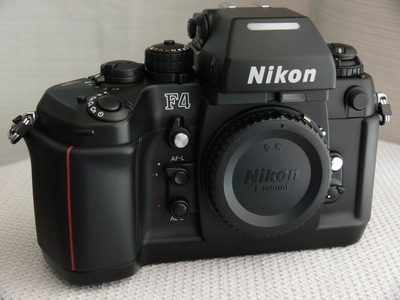
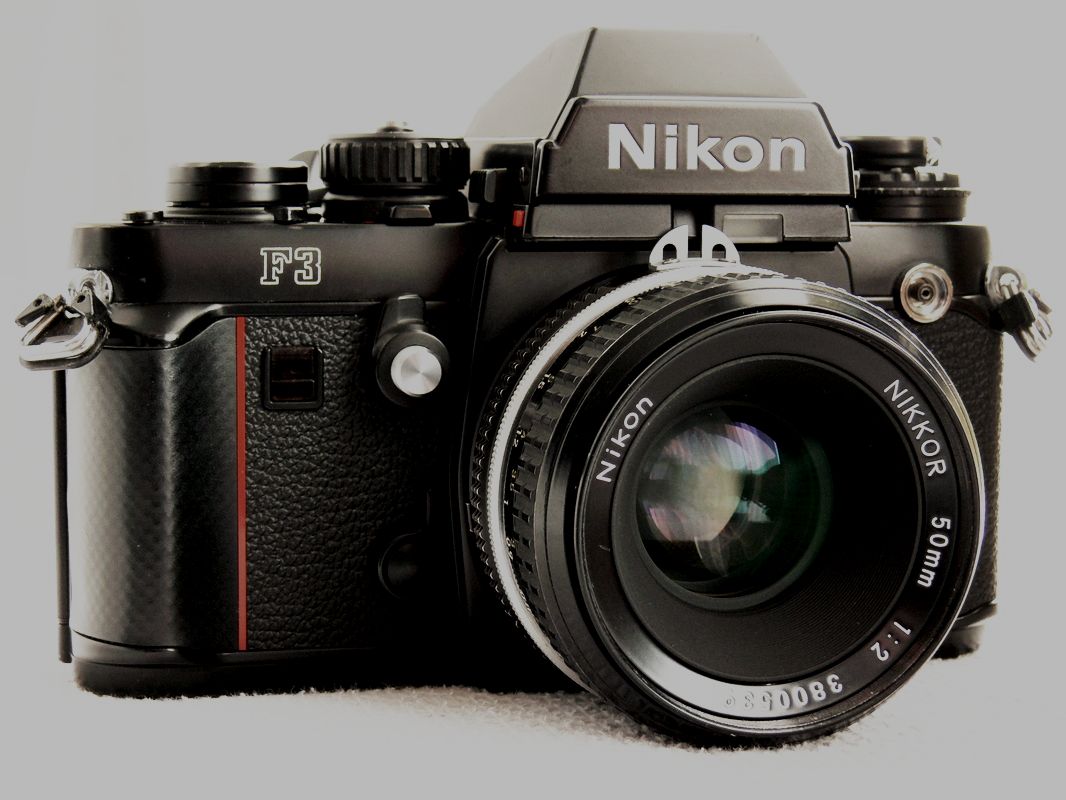
 RSS Feed
RSS Feed